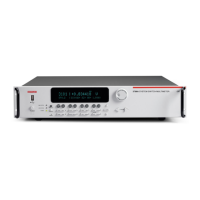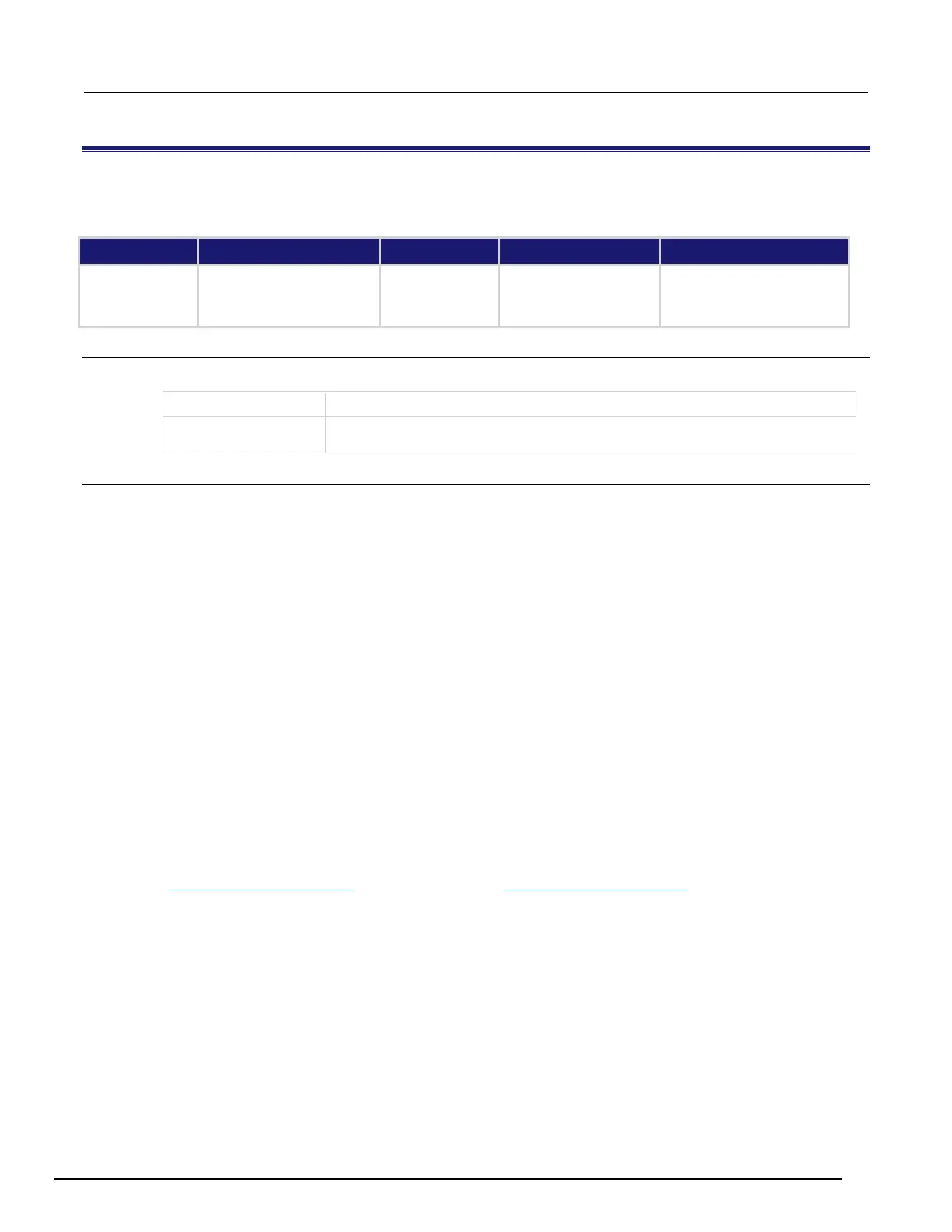Details
The parameter string channelList can contain slotX, where X is 1 to 6, or allslots.
The abuslist parameter must specify the entire list of analog backplane relays that are needed.
The analog backplane relays specified in the abuslist parameter are used or affected by:
• channel.close(), used during the processing of the command
• channel.exclusiveclose(), used during the processing of the command
• channel.open(), used during the processing of the command
• channel.setpole() clears the analog backplane relays
• scan.execute() or scan.background(), if channels are configured for switching (the
assigned DMM configuration has the function set to "nofunction")
The analog backplane relays specified in the abuslist parameter are not used or affected by:
• dmm.close()
• dmm.open()
• scan.execute() or scan.background() if the channels are configured for measuring (the
DMM configuration has the function set to something other than "nofunction").
For channel patterns, the analog backplane relays are specified when the pattern is created (see
channel.pattern.getimage() (on page 11-78) and channel.pattern.snapshot() (on page 11-82)).
Channel patterns do not have a poles setting associated with them.
If this command is updated, the previous list is replaced with the new specified analog backplane
relays in the abuslist parameter.
For channels, as their pole setting change, the list of analog backplane relays gets cleared.
Therefore, after changing the pole settings, send channel.setbackplane() with the appropriate
analog backplane relay channels. When clearing the backplane channels, this can involve clearing
the paired channel, whether pairing or un-pairing channels. For example, on a 40-channel card,
channels 1 and 21 are paired when the poles for channel 1 is set to 4. Therefore, setting the poles
setting on channel 1 to 4 clears the backplane channels for channels 1 and 21. Likewise, they are
both cleared when the poles setting is set back to 2 on channel 1.

